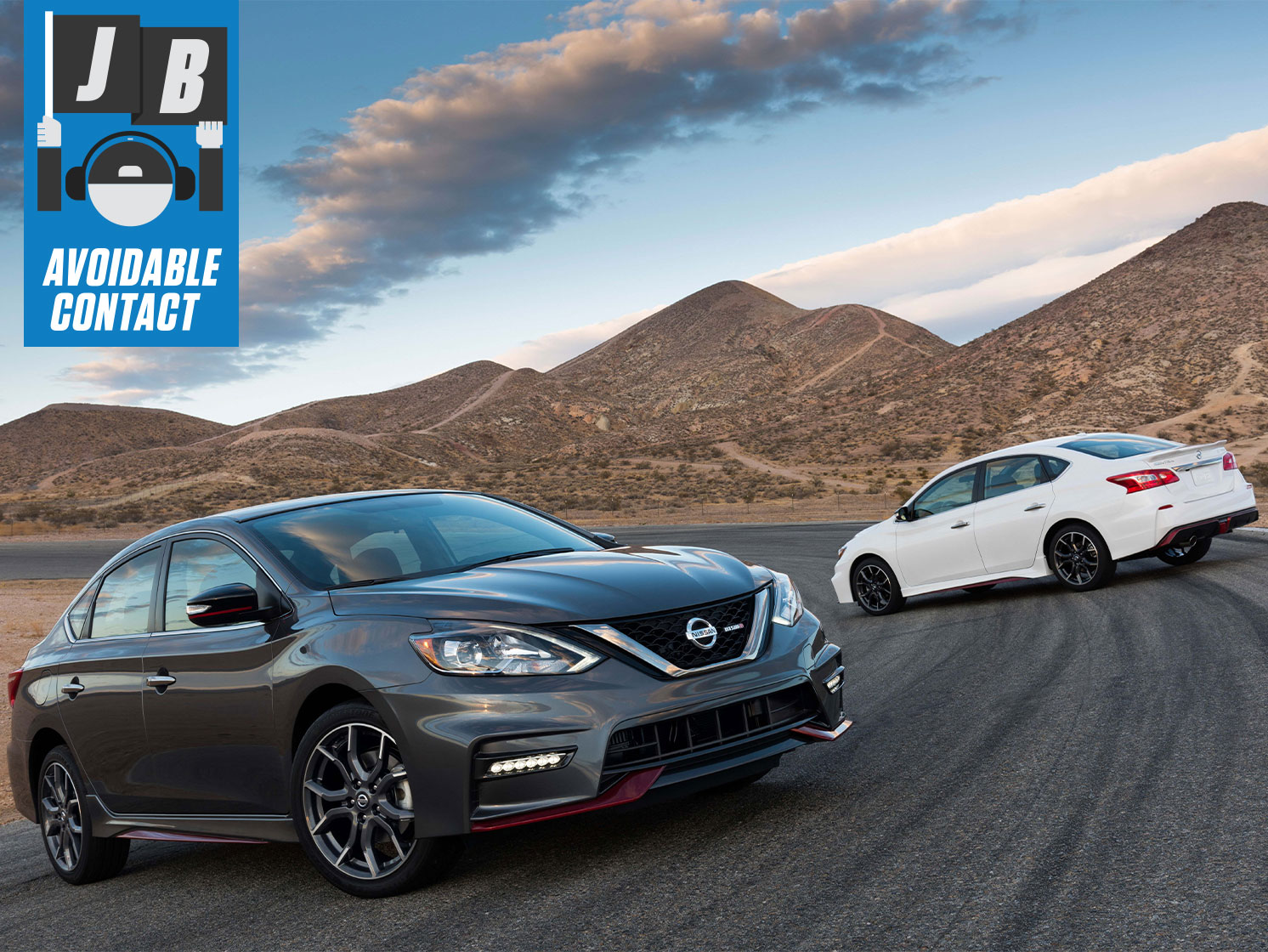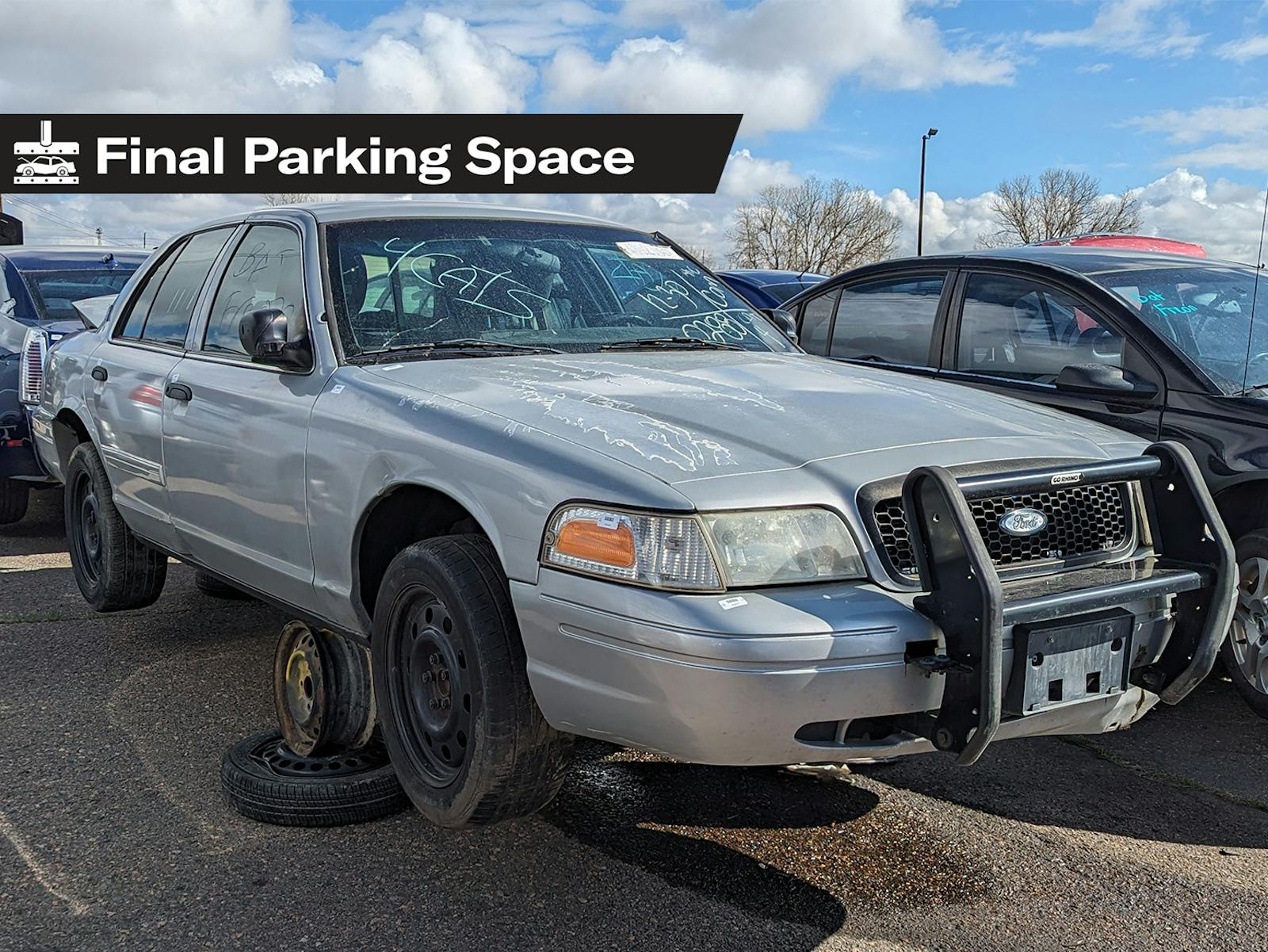A modest proposal: Nissan should leave the USA
Let’s start by getting one thing straight: When you read in the business press or elsewhere that Nissan is “in trouble,” you should know that it is “in trouble” by the standards of a prosperous Japanese automaker. That automaker is set to report an 11-year low in profits, which is not the same as, say, reporting a multi-billion-dollar loss, as General Motors has done multiple times in my memory, or a third-quarter-loss of $179 million, as FCA has just done. Nissan isn’t even in trouble when compared to the Nissan of 1993–2000, which lost money in seven out of eight fiscal years.
Say what you like about Carlos Ghosn, and the press has certainly had a lot to say, but you can’t say that he didn’t set the automaker on the road to sane-and-sensible solvency, at least when viewed from a global perspective.
Here in the States, however, things are a little fuzzier. With the exception of the cheap-crossover Rogue—to which we will return in short order—Nissan plays a distant third fiddle to Toyota and Honda in almost every segment. In some critical areas, such as mid-sized SUVs, Nissan is doing a third of its competitors’ volume, if that. The Titan and Armada full-sizers are both being outsold by some relatively rare iron like the VW Golf, Mitsubishi Outlander, and Volvo XC90.
More worrisome than how many cars Nissan sells, however, is the way in which those cars are sold. Anecdotally, the brand has long been a favorite of “subprime” and low-income buyers, a trend that one consultant says is rooted in Nissan’s aggressive and volume-based incentive programs for dealers. Five years ago, a consultancy ranked the cars most often purchased by subprime buyers; the listing was dominated by Dodge, Kia, and… Nissan.
The story is hardly any different at Infiniti, Nissan’s upscale operation, where real-world transaction prices are well below those enjoyed by Lexus, BMW, and Audi. “Lease hacker” sites regularly detail lease rates for Infinitis which are below what you’d pay to purchase a Honda Civic—and the brand still lags the competition in terms of volume. This is not a new situation; your humble author was an Infiniti salesman from 1994–95, and I don’t recall our dealership selling a single new car for even close to sticker. There were months where every single car that went out the door was a subsidized lease, meaning that Nissan was still on the negative-equity hook for the things when those cars came back to the auctions three years later.
There’s no shame in selling cars to people of modest means, of course, but in today’s increasingly stratified economy, doing so is a dangerous way to make a living. It’s hard to believe that just 30 years ago Honda had waiting lists for Accords while Rolls-Royce and Ferrari struggled to keep their factories running. We now live in an era of robber tech barons, kleptocratic governments, and terminal financialization. The smartest thing for Nissan to do would be to figure out a way to make a vaguely desirable $250,000 car. There’s no limit to the demand for those. Keeping the lights on in your dealerships by selling $22,000 Rogues at a steep discount to people whose primary deciding factor in a new-car purchase is the flexibility of the “captive” in-house credit issuer? That’s playing Russian Roulette with three loaded chambers.

This was not always the way business was done at Nissan USA. If you’d visited the showroom in 1992, you would have seen the most enthusiast-focused lineup in the business. At the low end, you had the astounding Sentra SE-R and its exotic platform twin, the 2+2 NX2000. Spend a little more money and get an exotic-looking stick-shift 2.4-liter Altima sedan. Above that was the fabled “4DSC,” the Nissan Maxima SE in the twilight of its perfected years. If you were a “yuppie,” you might even stretch to the mighty 300ZX, available in multiple configurations including twin-turbo screamer and burgundy-colored 2+2 luxury car. If you wanted a truck, you could get the Hardbody pickup, which was basically indestructible and offered a little bit of conscious-design credibility when compared to the compact offerings from Toyota, Chevrolet, and Ford.
You can still get a great enthusiast car at a Nissan dealer. In fact, you can get two of them: the affordable, evergreen 370Z and the Tokyo-by-night GT-R. Neither has been significantly updated in the best part of a decade, and both would be perfectly fine being sold at Infiniti dealers for the rest of their limited remaining lifespans.
Which leads to a modest, if upsetting, proposal: Nissan should close up shop in the United States and move its entire focus to the Chinese and European markets. Its factories could be sold to a South Korean automaker or repurposed to turn out Renaults for global customers. Infiniti could be reimagined as a boutique provider of unashamedly Japanese vehicles to a small group of American cognoscenti; think about the people who knowingly purchased a 1990 Q45, and that’s your market.
Doing so would get a lot of jobs, a lot of facilities, and a lot of obligations off the books. It wouldn’t have a tremendous effect on the firm’s total profit, and it would allow Nissan to focus on markets, and demographic groups, where its brand is still strong. Last but not least, it would significantly reduce the amount of potentially disastrous exposure being held by Nissan Motor Acceptance Corporation.
There’s an alternative, of course. Nissan could “lean in” to being a provider of affordable cars, using the marketing method known in Europe as “cheap and cheerful.” Bright colors, no options, no frills. The original Renault Twingo was a perfect example of this approach—and Nissan has access to all the people who made it happen. Instead of shoving silver and black Altimas out the door to credit criminals who scuff them up and swerve down the highway at 30 mph above the flow of traffic, Nissan could focus on being the only company to truly recognize the challenges facing young people who want to buy new cars in America today. It wasn’t all that long ago that the company was selling the six-speed Sentra SE-R Spec-V to entry-level enthusiasts using Japanese-themed comics and DVDs. Surely there’s still some interest in doing something similar.
Both of these paths—closing the doors entirely or reopening them to an entirely new buyer base—would require clarity of vision and strength of will in prescription doses. Unfortunately for Nissan, the only fellow working there who appeared to have these qualities is now awaiting trial in Japan. In a situation like this, the easiest course of action to take is to take no action at all. So while Nissan isn’t really “in trouble” right now, it could be, and in the near future at that. Let’s hope that changes—for the better. And a new Sentra SE-R six-speed would be welcome, too, something that is much closer to a Civic Type-R than the relatively staid sub-200-horse Sentra NISMO. But in today’s auto market, making a full-throttle sport compact is a proposal “modest” enough to make Jonathan Swift blush.


